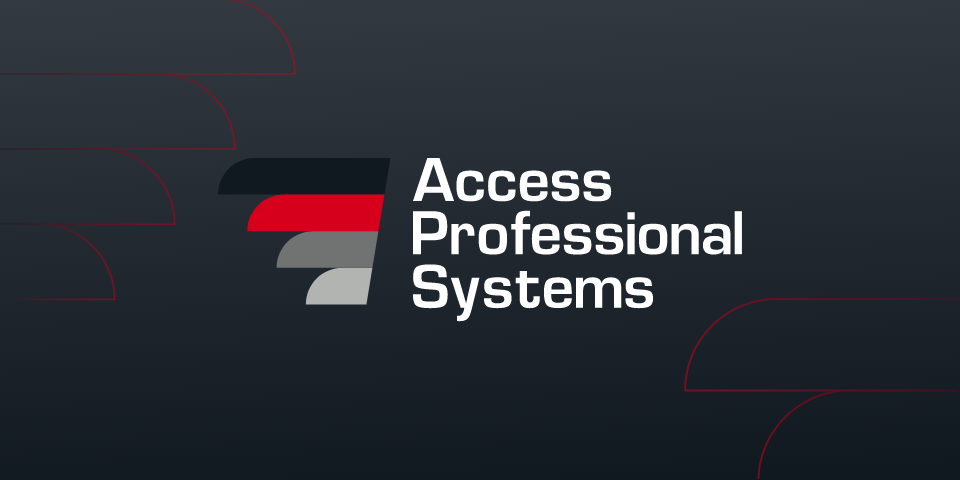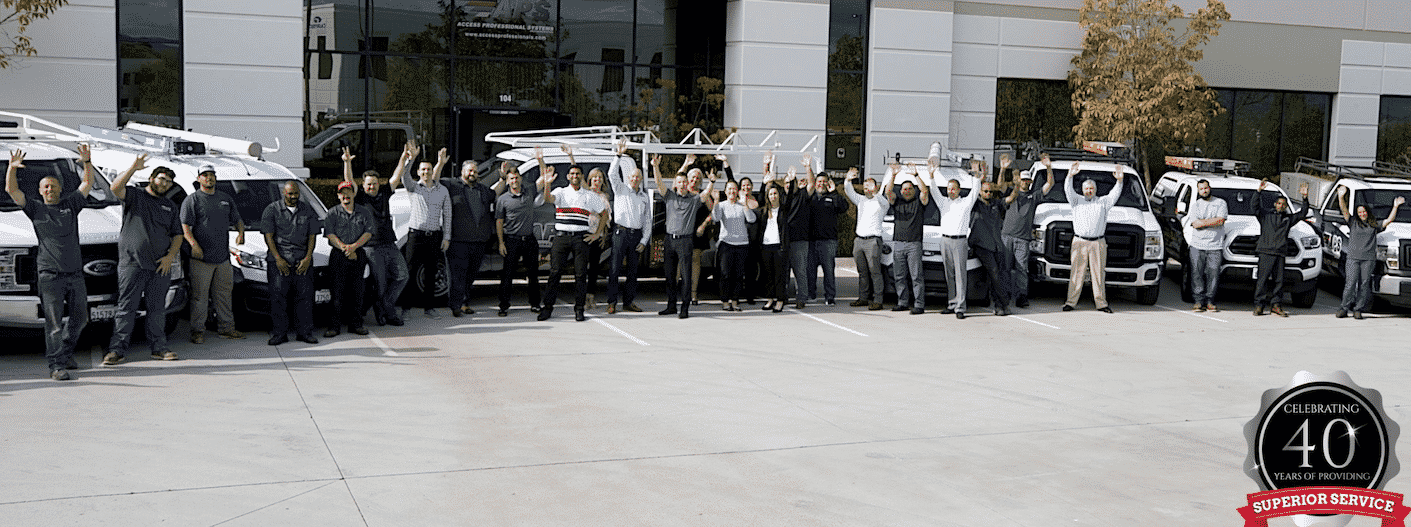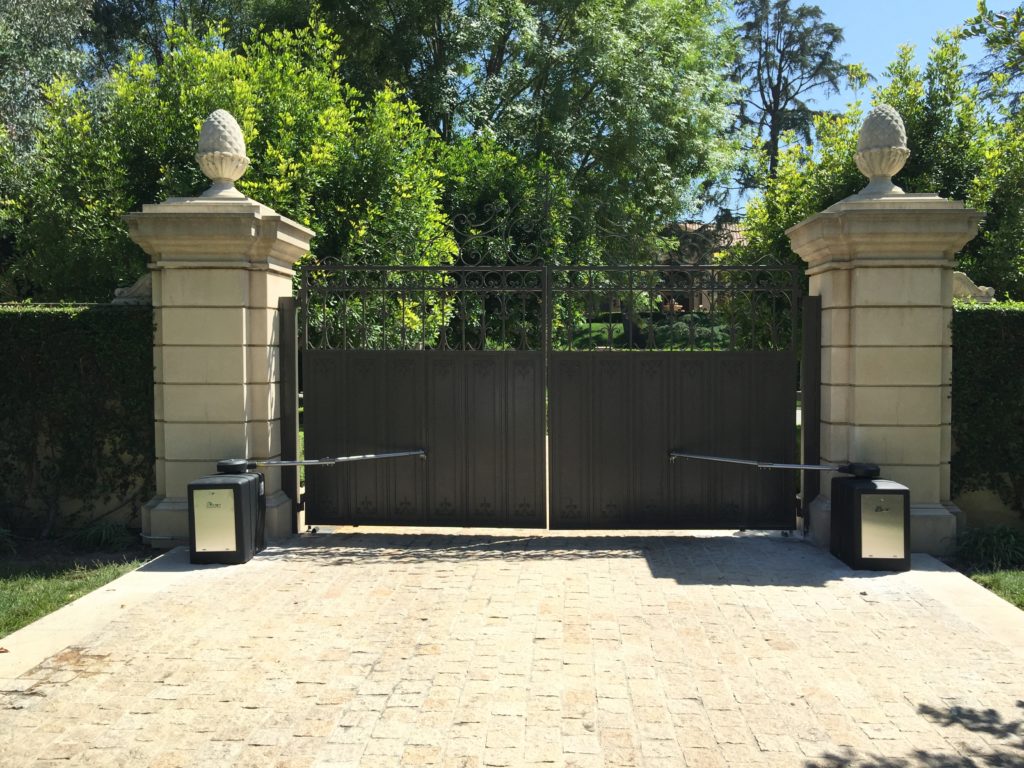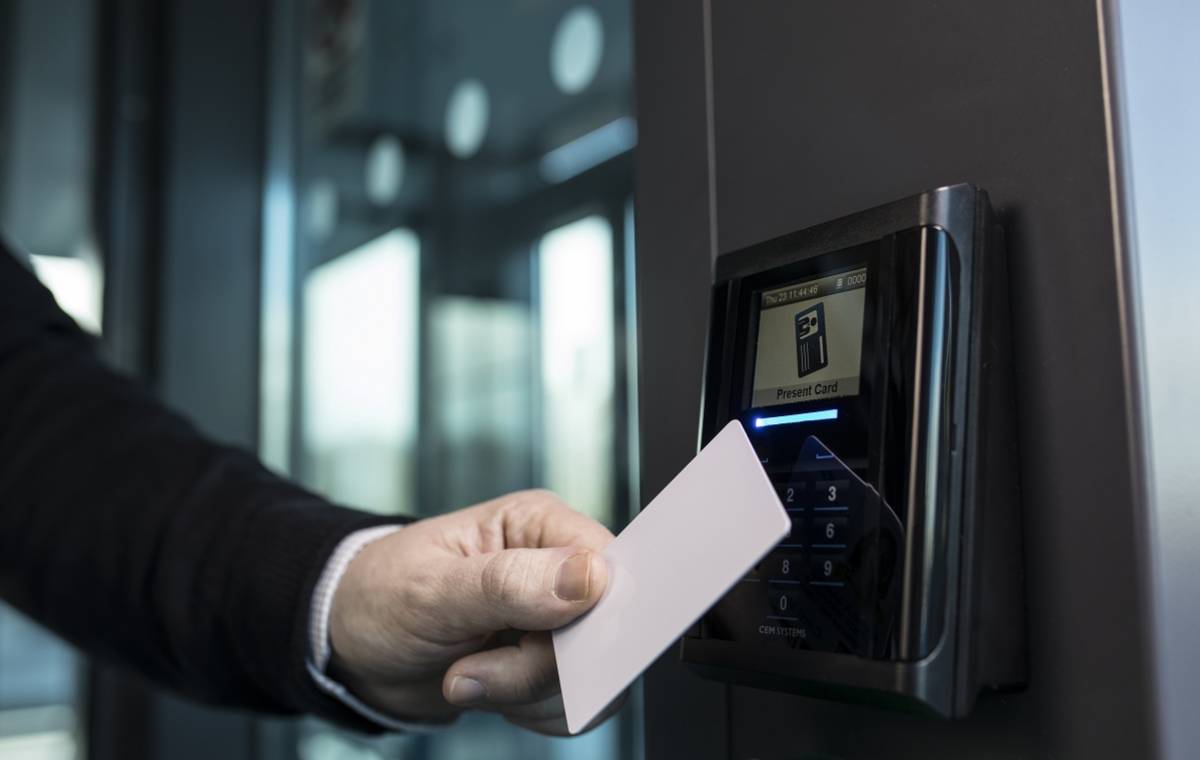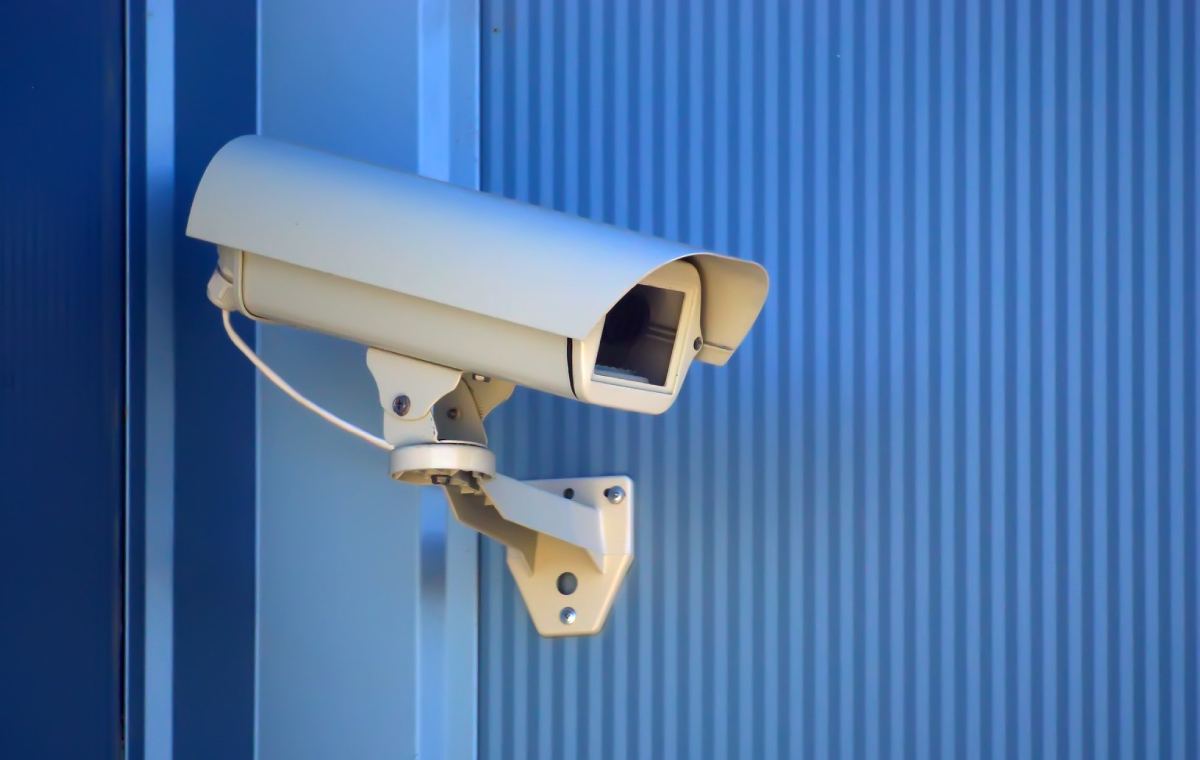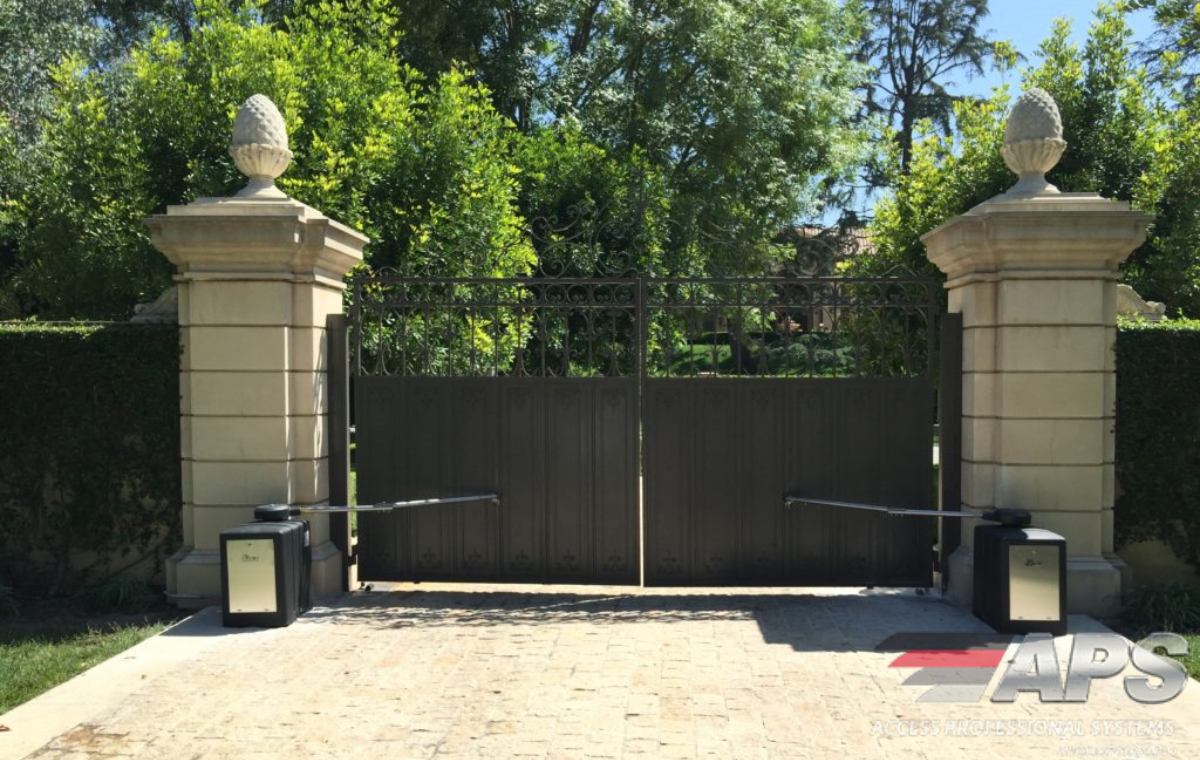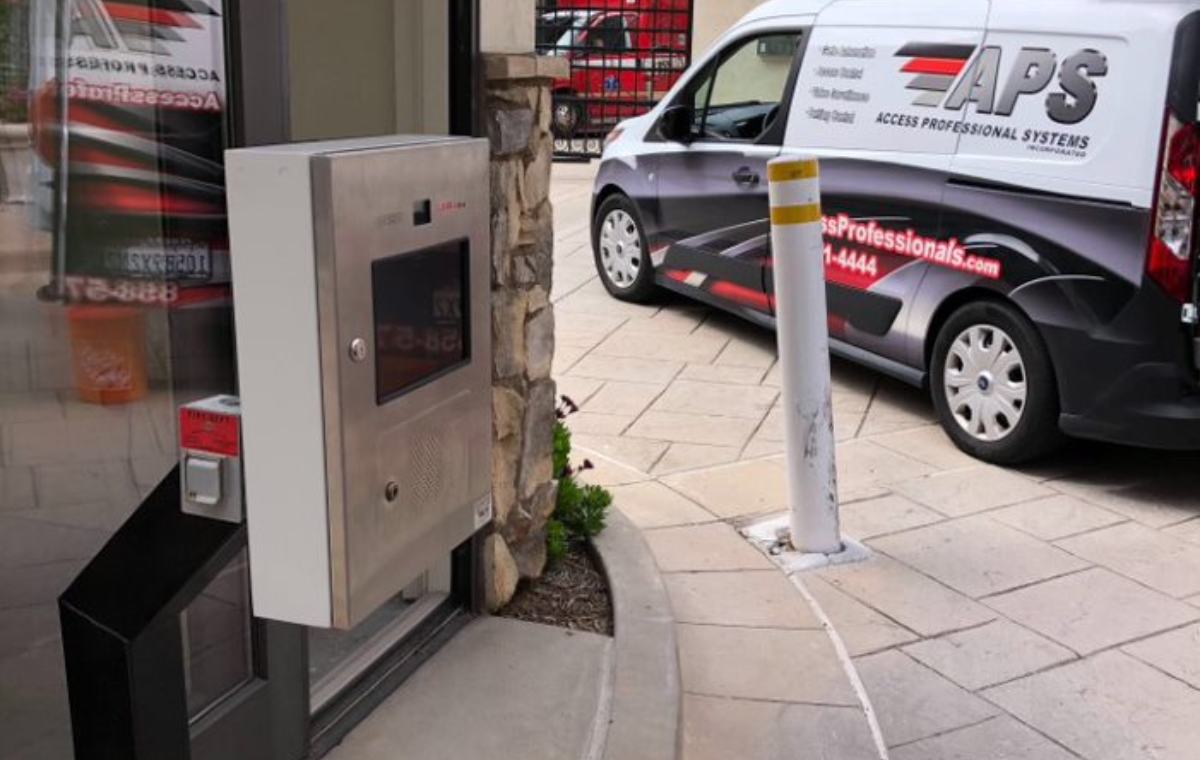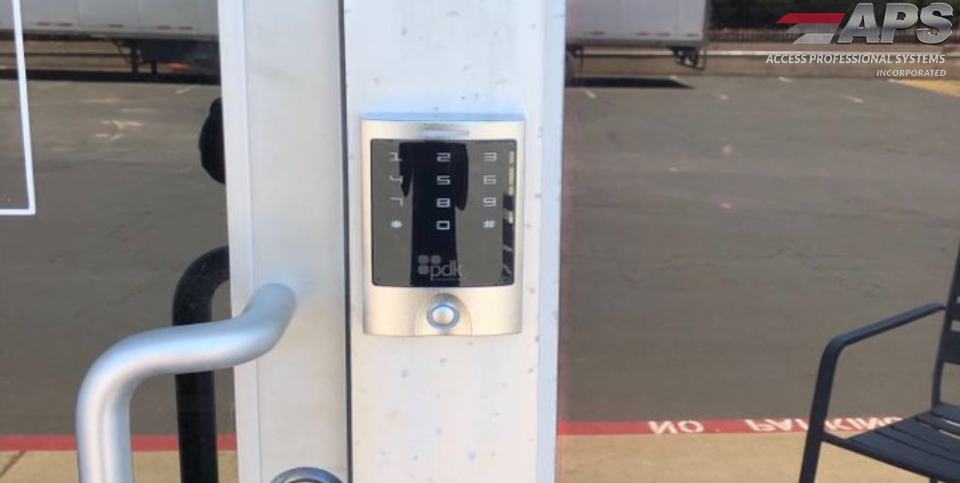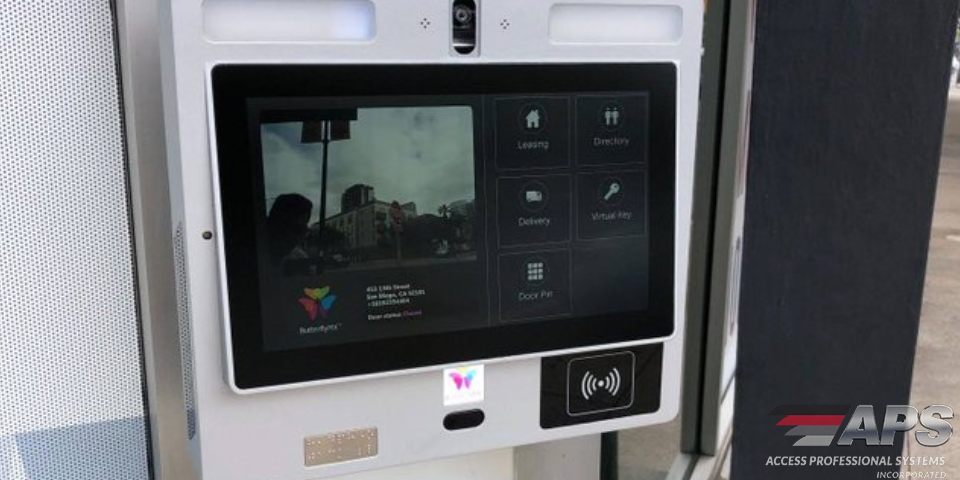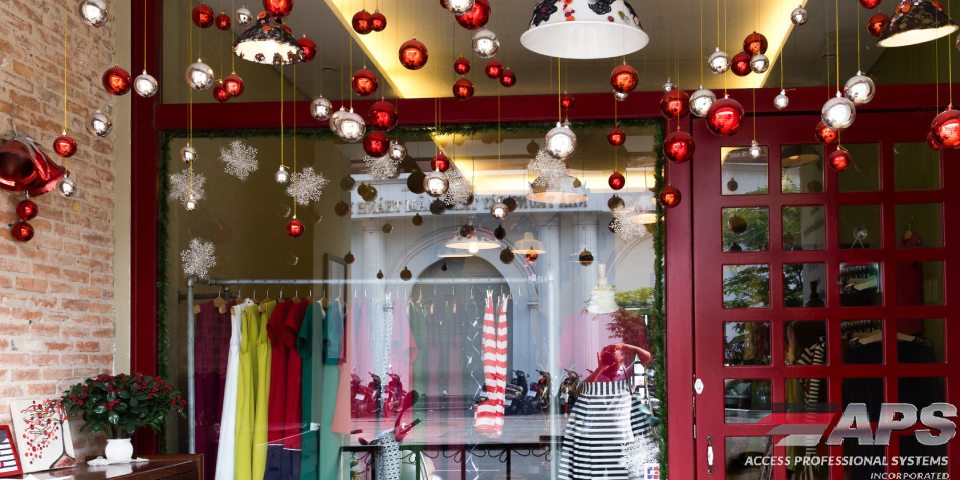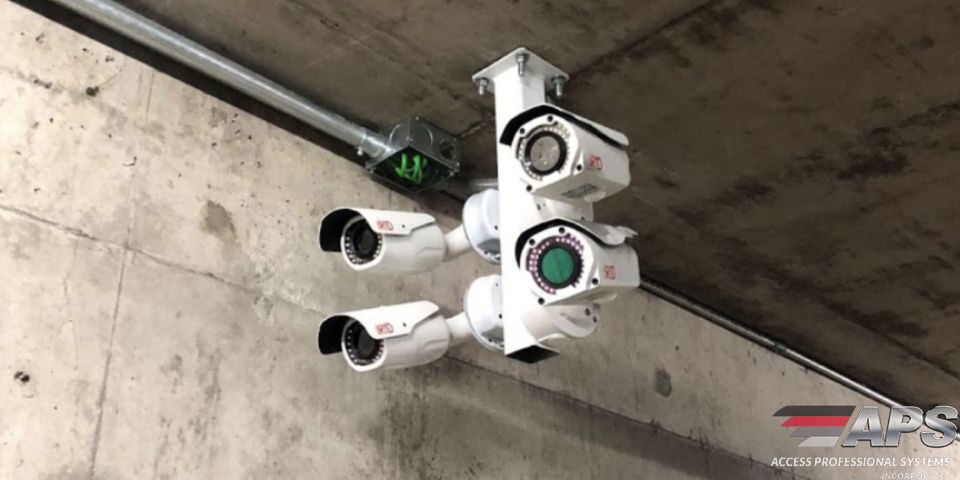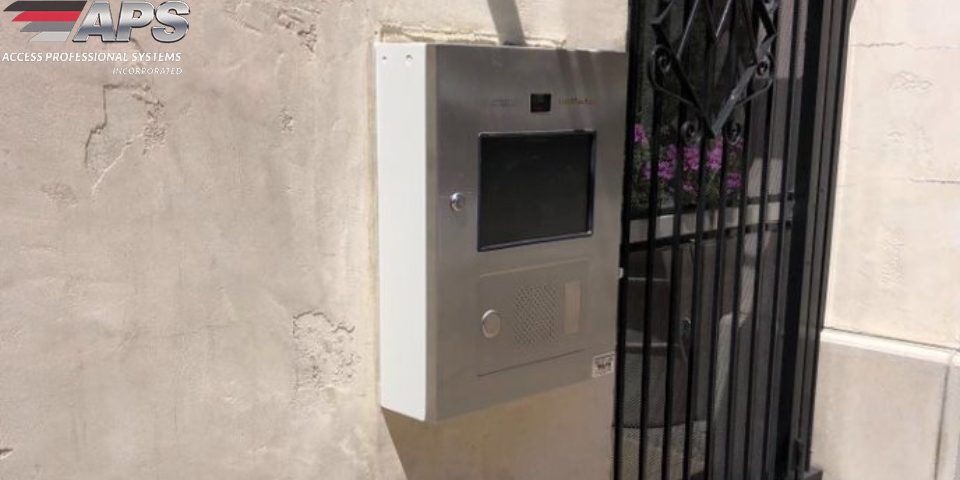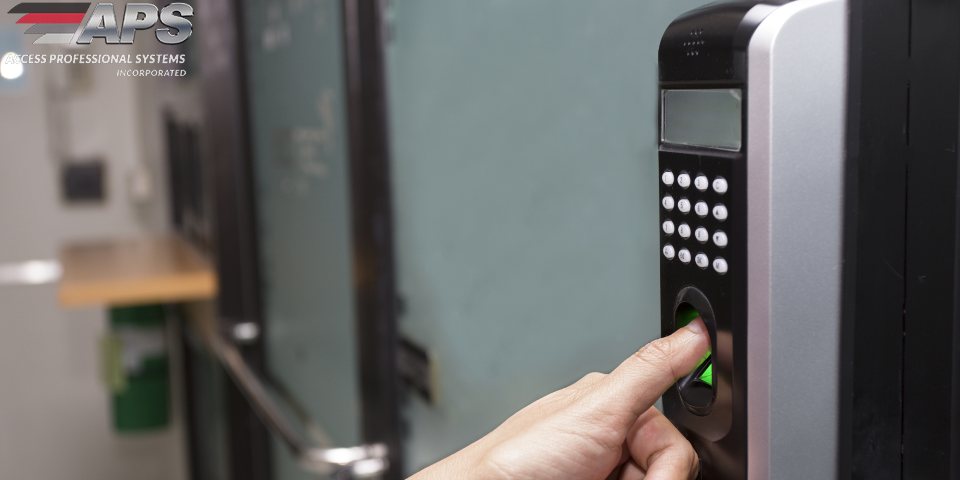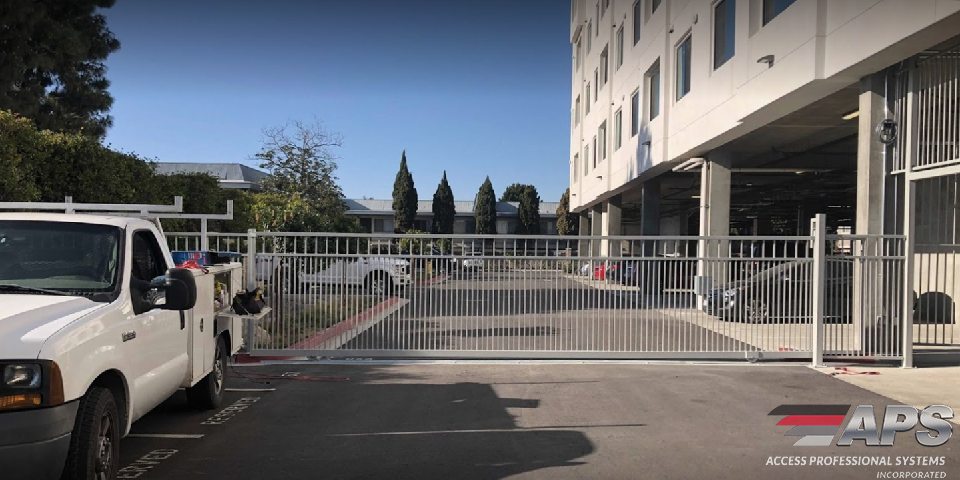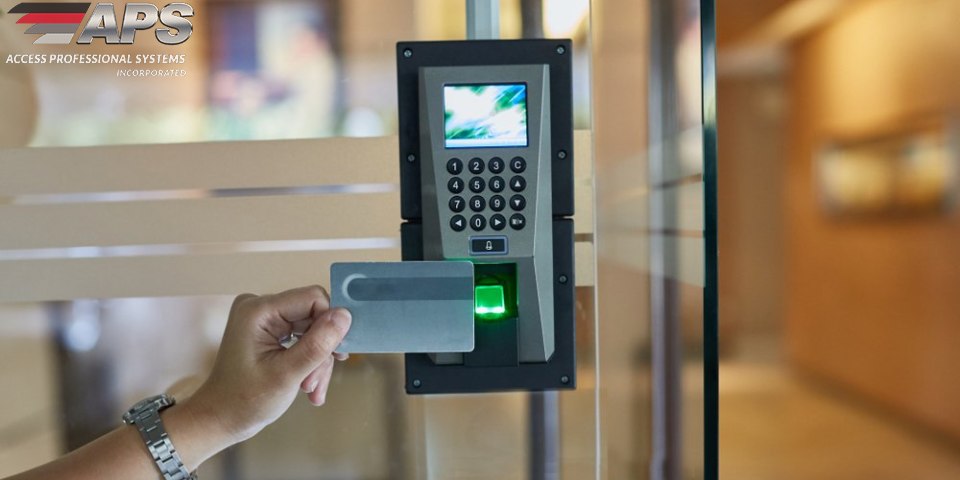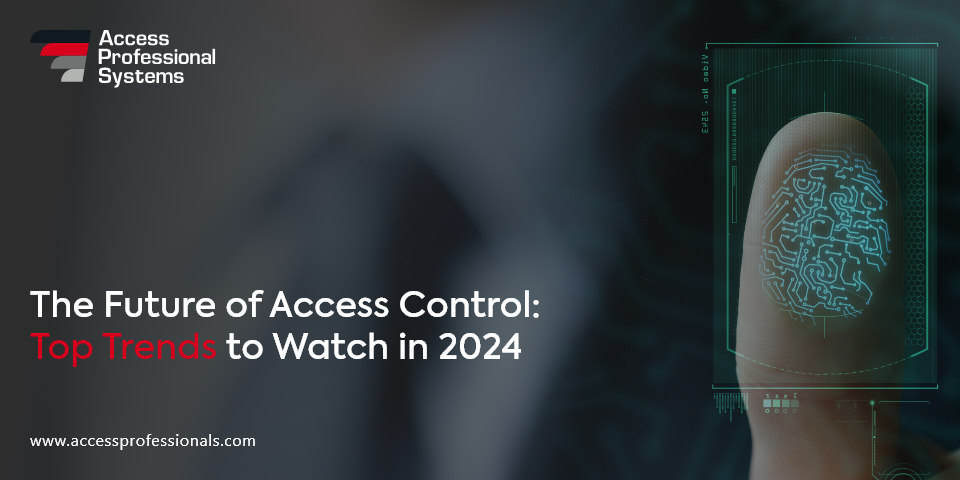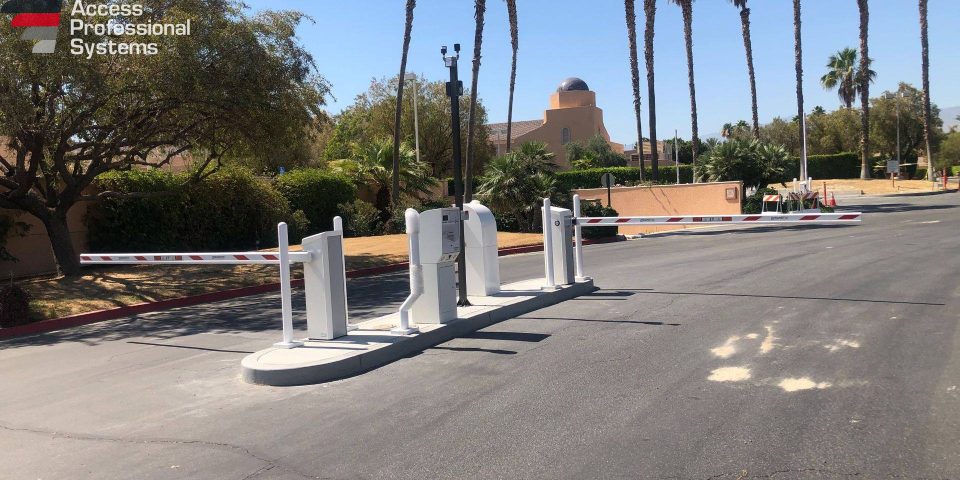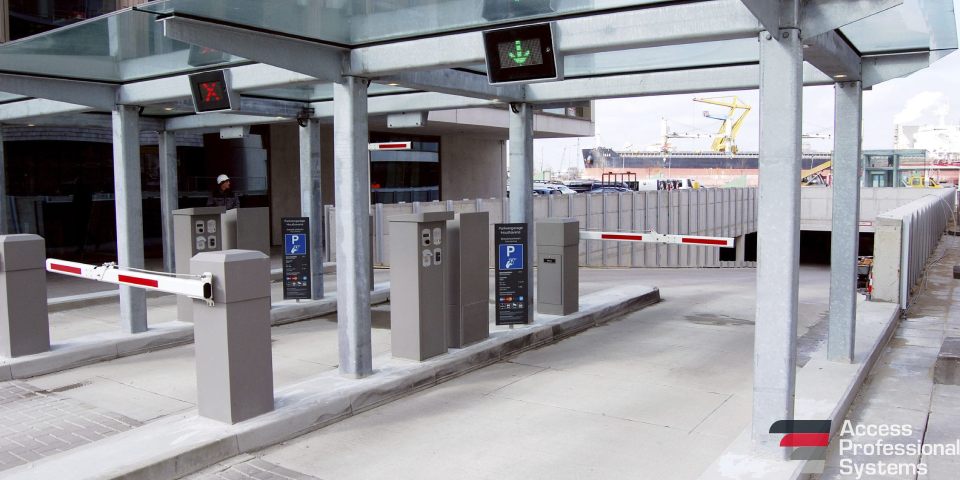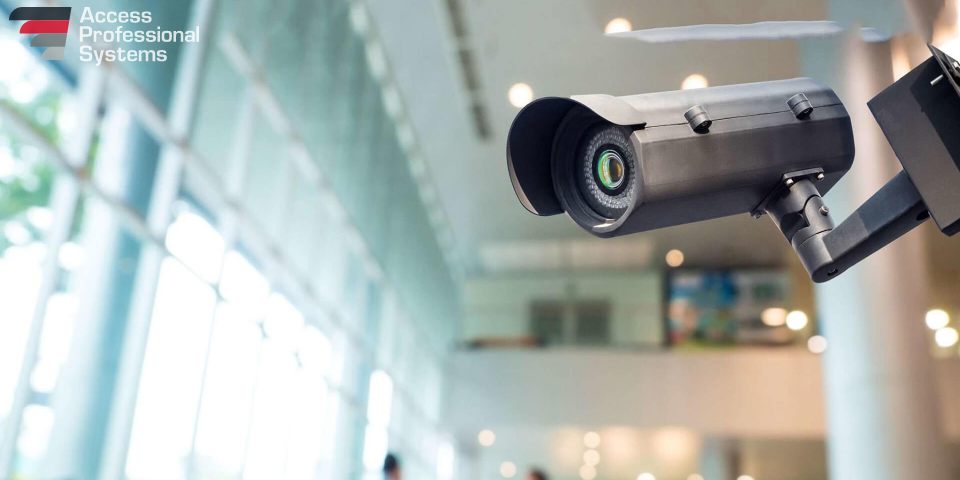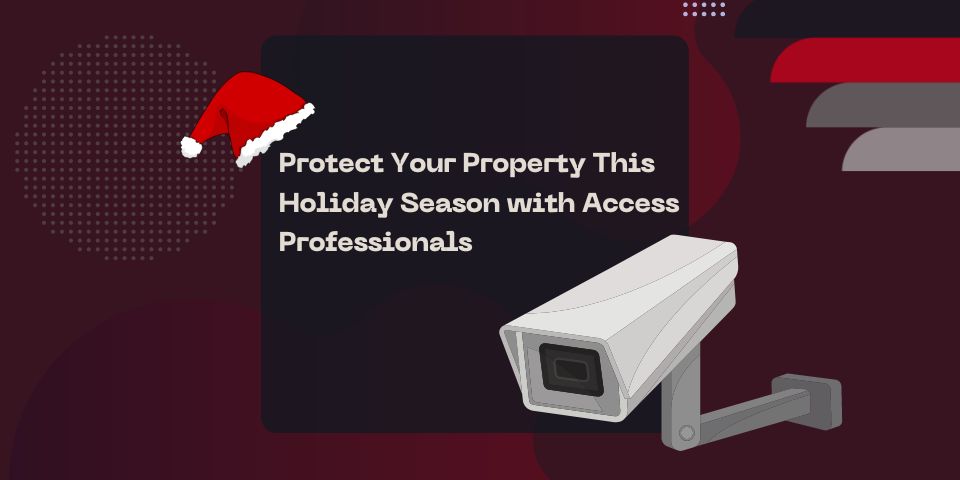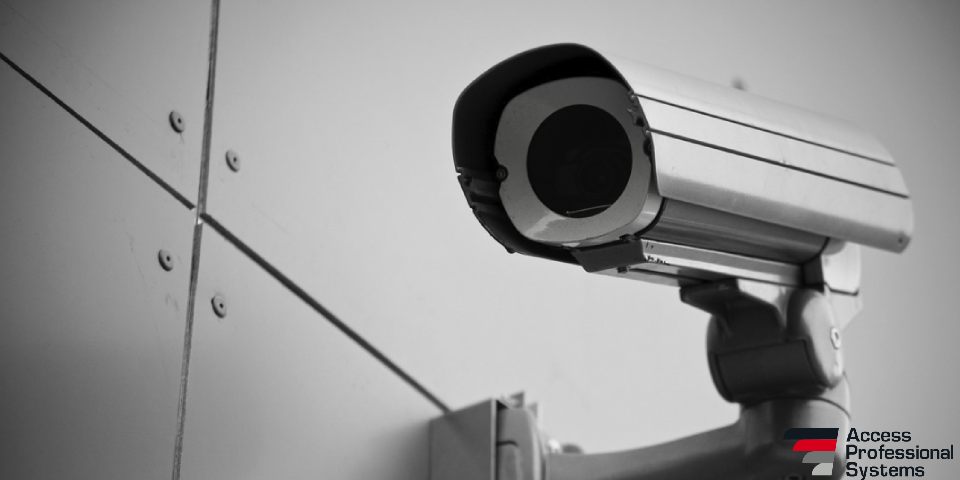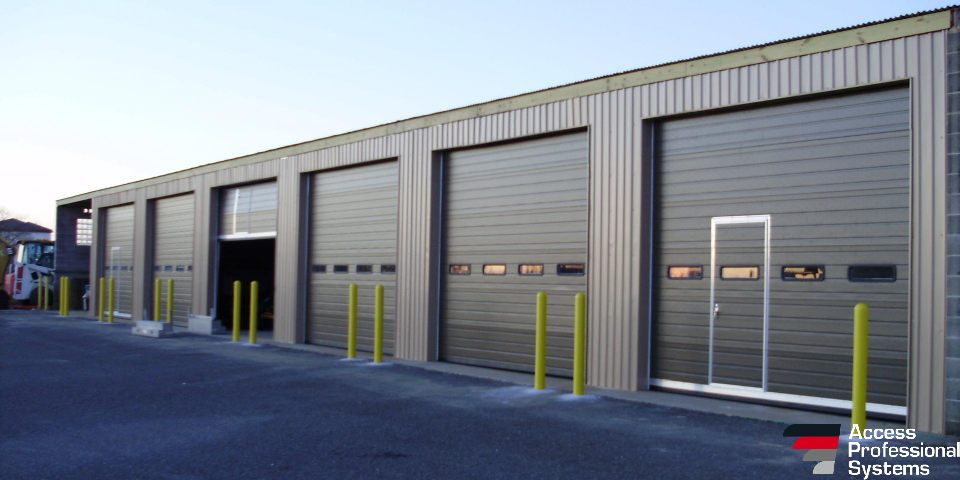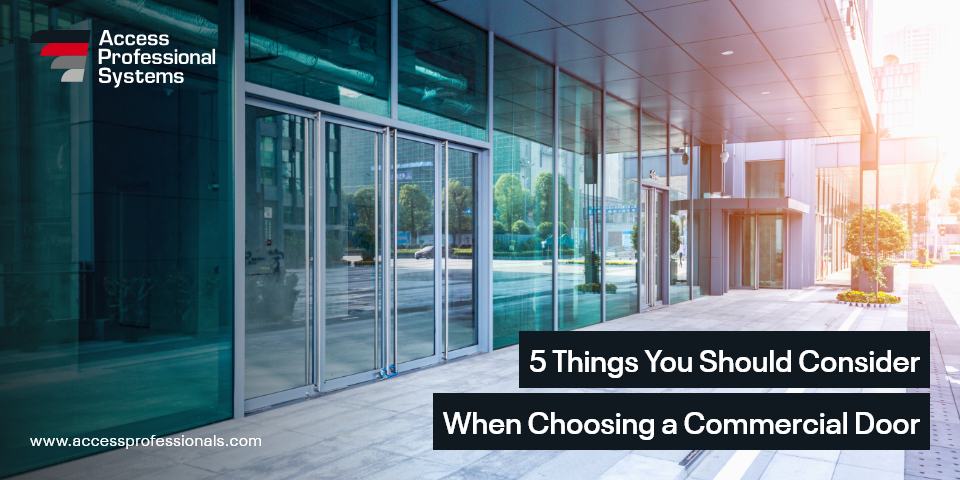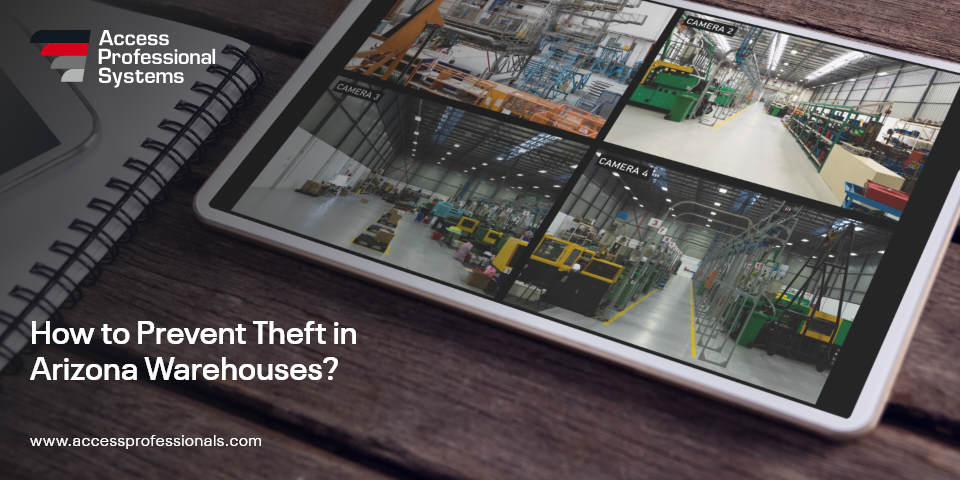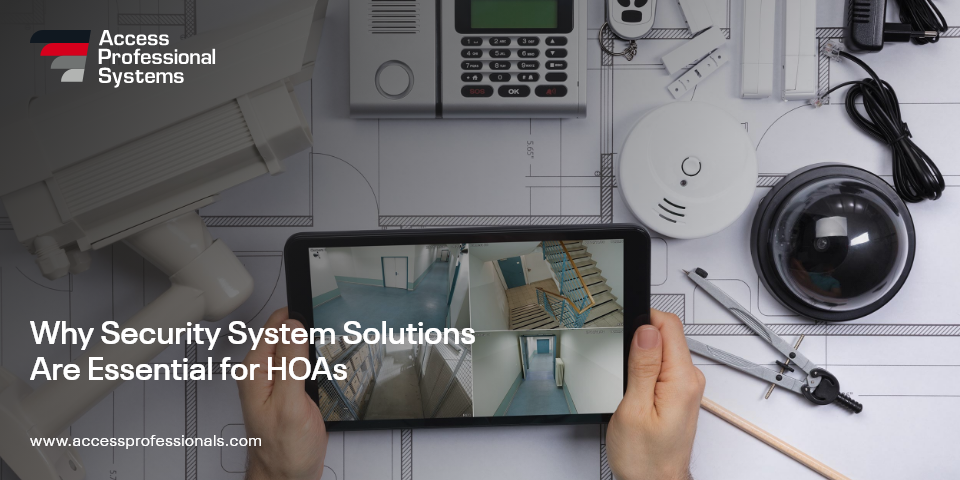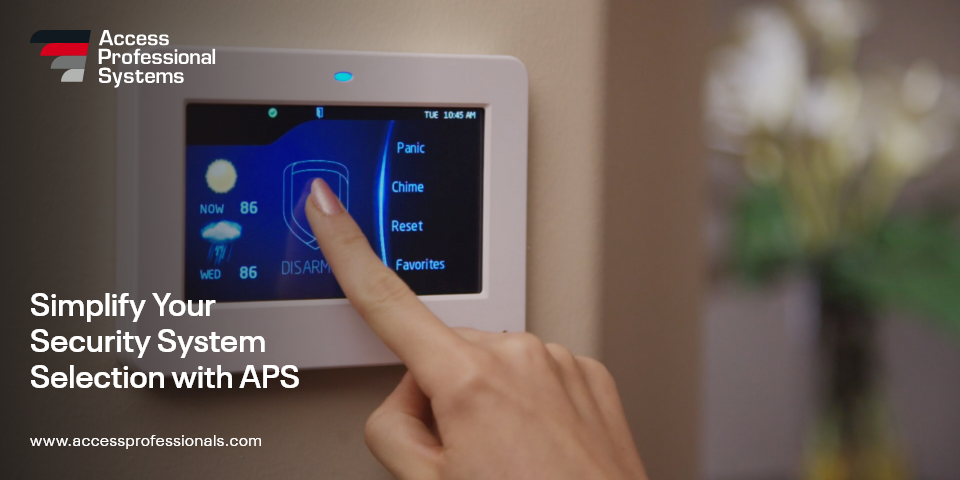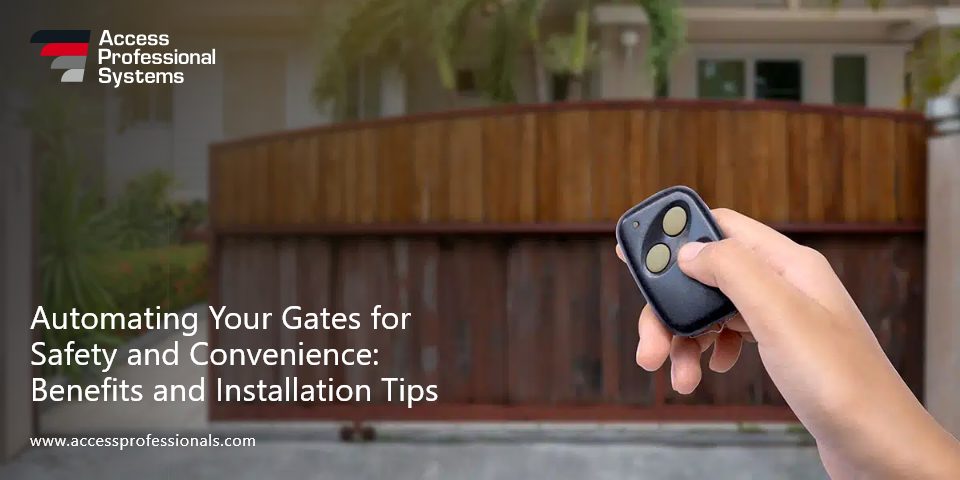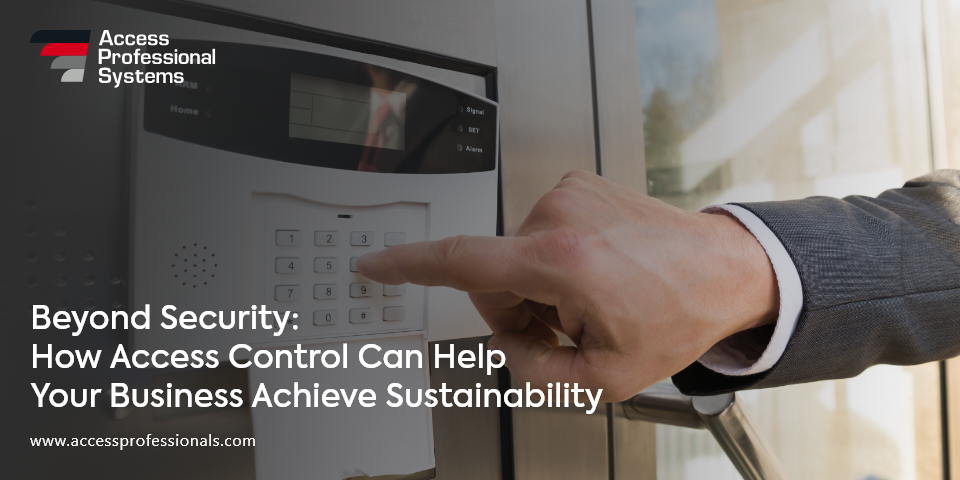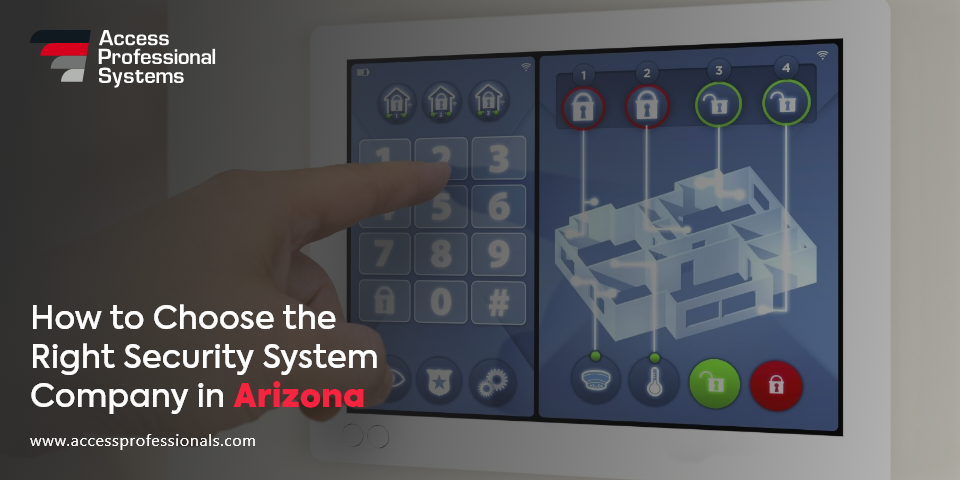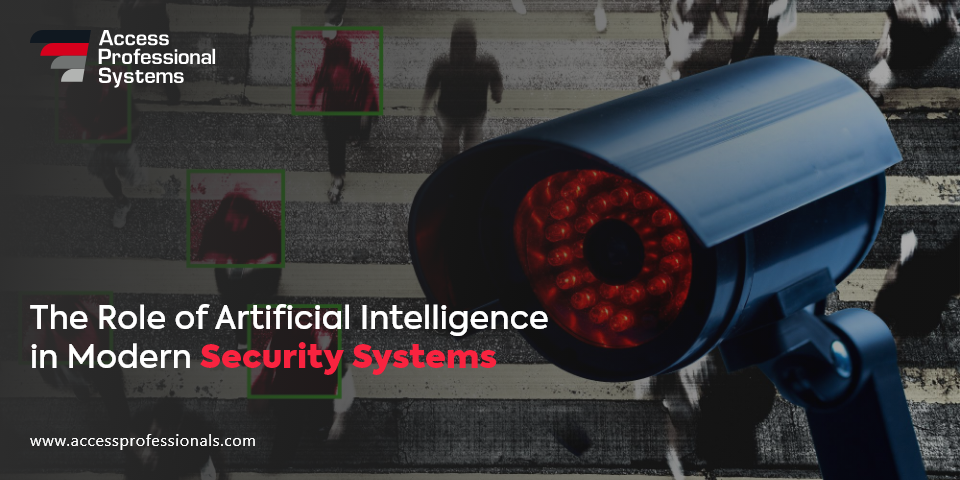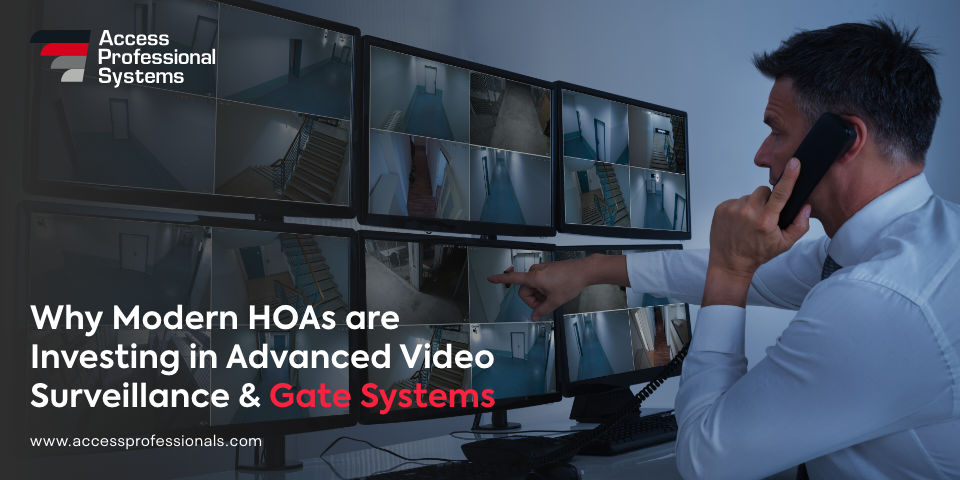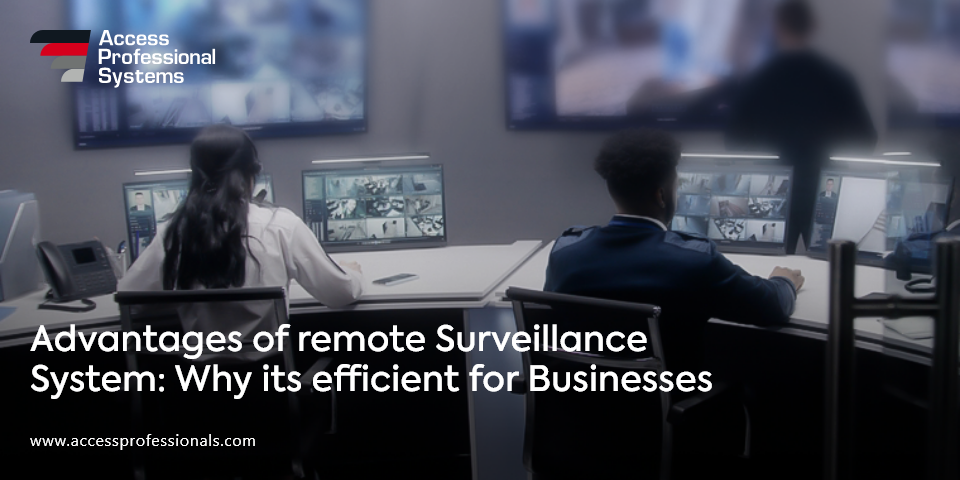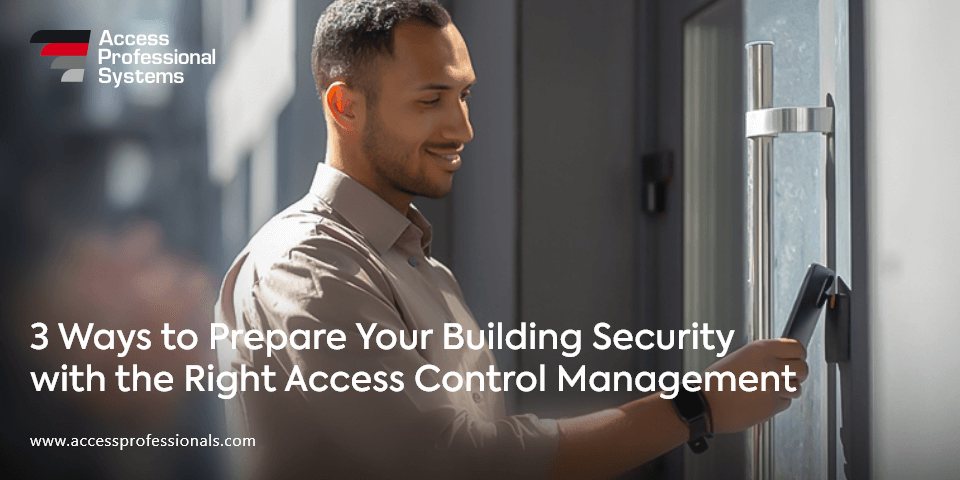
3 Types of Access Control – Which One Is Right for Your Building?
When it comes to building security, one size doesn’t fit all. Choosing the right access control system is important to make sure only the right people are entering your space and protecting your valuable assets.
With so many access control systems available today, how do you know which one is the best for your building? Whether managing a commercial office, industrial site, or residential complex, selecting the right system is critical to maintaining security and ensuring smooth operations. In this blog post, we will explore the three main types of access control systems and help you determine which is the perfect fit for your needs.
Table of Contents
- Introduction
- Role-Based Access Control (RBAC)
- Discretionary Access Control (DAC)
- Mandatory Access Control (MAC)
- Choosing the Right System for Your Building
- Why Trust Access Professional Systems?
- FAQs
Introduction
When it comes to securing your building, selecting the right access control system is the first step. It’s not just about locking doors; it’s about controlling who has access to certain areas, ensuring that only authorized individuals can enter. With the variety of systems available, making the right choice can be overwhelming, but understanding the options available can help make the decision easier.
Access control systems offer a range of features and benefits depending on the needs of your business or property. In this post, we’ll break down the three most common types of access control systems and explore which one might work best for your building.
Role-Based Access Control (RBAC)
Who is it ideal for?
Organizations with defined roles and responsibilities.
How does it work?
Role-Based Access Control assigns access permissions based on an individual’s role within the organization. For example, an administrator or manager may have access to all areas, while a receptionist may only be granted access to the front desk.
Benefits of RBAC:
- Efficiency – Streamlines access management by aligning permissions with job functions.
- Security – Minimizes the risk of unauthorized access by restricting areas based on roles.
- Scalability – Easily accommodates organizational changes and growth.
RBAC is particularly useful for businesses with clearly defined roles and responsibilities, making it easier to manage access across departments or teams.
Discretionary Access Control (DAC)
Who is it ideal for?
Smaller businesses or environments where access requirements are more flexible.
How does it work?
In DAC systems, the owner of a resource (e.g., a file or room) determines who has access to it. This model offers flexibility but places the onus of security on the resource owner.
Benefits of DAC:
- Flexibility – Owners have the discretion to grant or revoke access as needed.
- Simplicity – Easier to implement in environments with a smaller, more flexible workforce.
Considerations:
- If not managed properly, DAC can lead to inconsistent security practices, as access control relies on the owner’s vigilance.
- There is a higher risk of unauthorized access if permissions are not carefully controlled.
This system is ideal for smaller organizations or businesses where flexibility and ease of use are more important than tight control over access.
Mandatory Access Control (MAC)
Who is it ideal for?
High-security environments such as government buildings or research labs.
How does it work?
In a MAC system, access decisions are made by the system administrator, not the resource owner. Users are granted access based on predefined security classifications (e.g., classified, secret, or confidential). MAC systems are highly structured and enforce strict security policies.
Benefits of MAC:
- High Security – Enforces strict access policies, reducing the risk of unauthorized access.
- Consistency – Uniform application of security policies across the organization.
Considerations:
- Less Flexibility – While highly secure, MAC systems can be rigid, offering less flexibility to end-users.
- Complexity – MAC systems can be more complicated to implement and manage, requiring careful planning and execution.
MAC is best suited for organizations where security is the highest priority, and where access to sensitive areas must be tightly controlled and consistently enforced.
Choosing the Right System for Your Building
Choosing the right access control system depends on several factors:
- Building Size and Complexity – Larger buildings or organizations with multiple departments may benefit from RBAC to streamline access management.
- Security Needs – For high-security areas, MAC may be the best option, while DAC might work for smaller setups where flexibility is more important.
- Budget – DAC systems are generally more cost-effective than MAC, but might not provide the same level of security.
- Growth Potential – Consider how scalable the system is for future expansion. RBAC systems are highly scalable and adaptable as organizations grow.
Understanding your building’s unique needs is key to selecting the right system, and it’s worth consulting with experts to assess which system offers the best balance between security and ease of use.
Why Trust Access Professional Systems?
When selecting and implementing an access control system, expertise is crucial. The right system can make all the difference in safeguarding your building and ensuring smooth operations.
Access Professional Systems (APS) has over 48 years of experience providing tailored access control solutions. Our team of experts is committed to understanding your unique needs and delivering systems that integrate seamlessly with your existing infrastructure. We offer customized solutions for various industries, from commercial offices to high-security facilities, ensuring that your building remains secure and operations stay efficient.
APS provides:
- Tailored Solutions – Customized access control systems designed to fit your specific building needs.
- Professional Installation – Expert installation ensures smooth integration into your existing systems.
- Ongoing Support – Continuous maintenance, monitoring, and system updates to ensure your security measures remain effective as your business grows.
By choosing APS, you’re not just getting a security system; you’re getting a trusted partner who will help you protect what matters most, with solutions that evolve alongside your needs.
FAQs
Q1: What is the most secure access control system?
A1: Mandatory Access Control (MAC) is typically the most secure due to its strict policies and predefined access levels.
Q2: Can I integrate access control with other security systems?
A2: Yes, many access control systems can be integrated with video surveillance, alarms, and other building security systems for comprehensive protection.
Q3: How do I know which system is right for my building?
A3: Consult with an access control expert to assess your building’s needs and determine the best solution for your security requirements.
Q4: Is cloud-based access control an option?
A4: Yes, cloud-based solutions offer the flexibility of remote management, scalability, and integration with other systems.
Q5: How often should access permissions be reviewed?
A5: It’s recommended to review permissions regularly, at least annually or whenever significant organizational changes occur.
Share:
